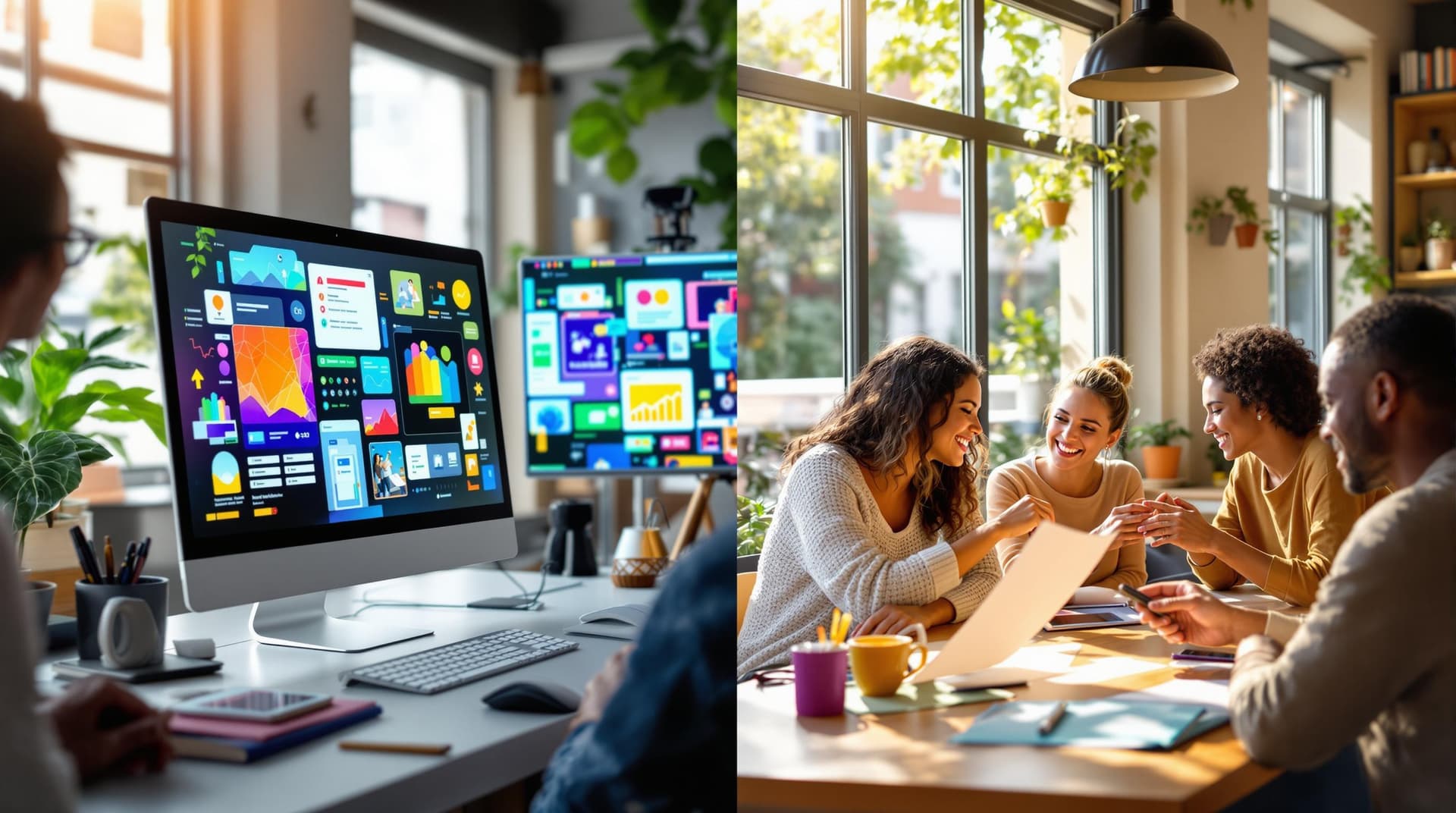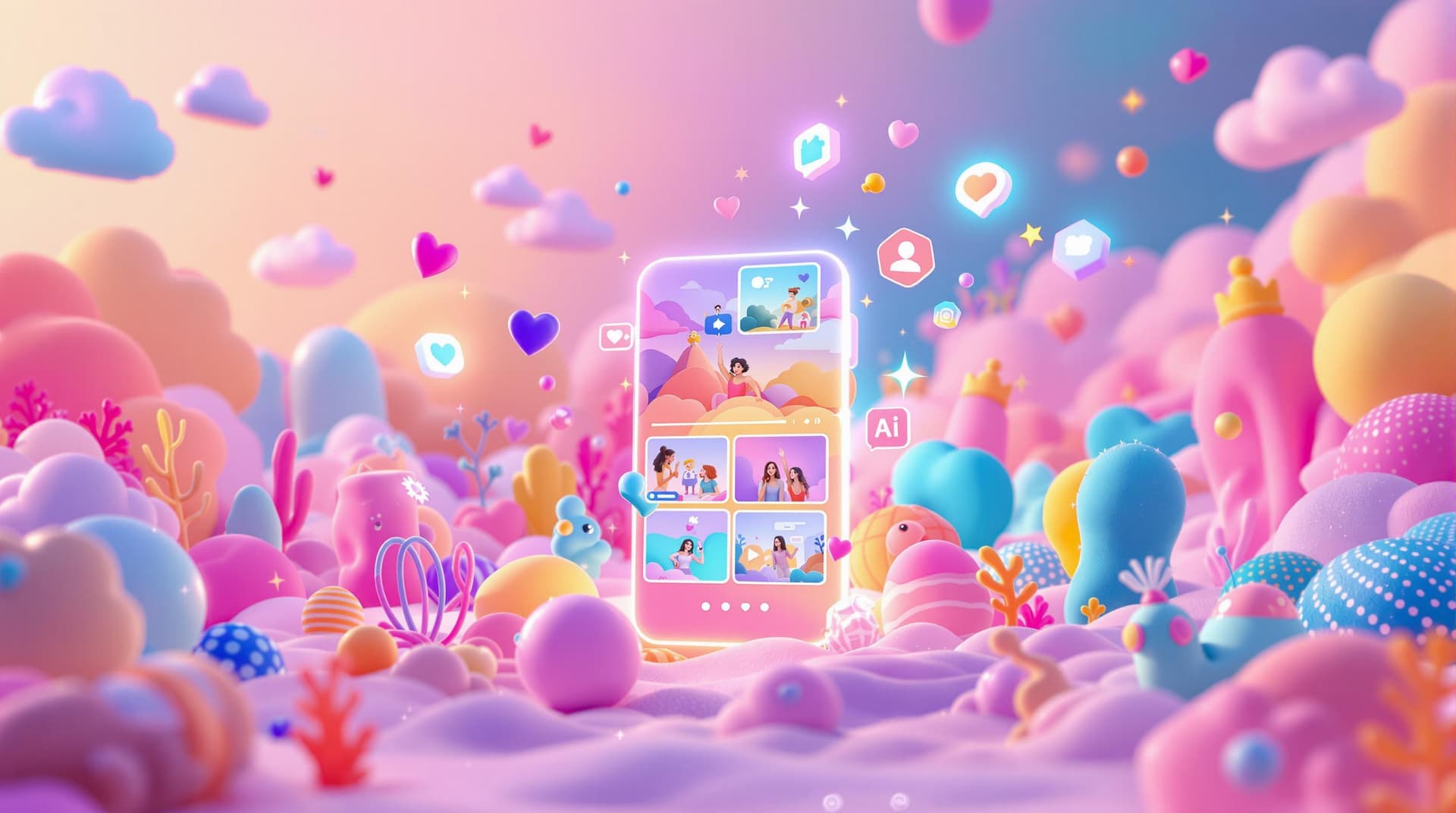Table of contents
- 5 Brands Leading with AI UGC:
- Quick Comparison:
- Case Study 1: Dunkin' Donuts Social Media Success
- Case Study 2: GoPro Community Content Program
- Case Study 3: Fashion Nova Cost Reduction
- Case Study 4: Airbnb Guest Content Program
- Case Study 5: Lemonade Customer Service Updates
- New AI UGC Tools and Features
- Related video from YouTube
- Conclusion: Implementing AI UGC in 2025

AI-generated user-generated content (UGC) is reshaping how brands create and scale content. By combining AI's efficiency with user creativity, brands are achieving faster production, lower costs, and higher engagement. Here's a quick look at the benefits and results:
- 4x higher click-through rates (CTR) and 50% lower cost-per-click (CPC).
- 79% of consumers say UGC influences their buying decisions.
- AI now accounts for 35% of influencer marketing budgets.
5 Brands Leading with AI UGC:
- Dunkin' Donuts: Boosted app downloads by 57% with AI-driven local campaigns.
- GoPro: Automated curation of 43,000+ UGC entries, driving higher-quality content.
- Fashion Nova: Cut image production costs to $0.03 per image with AI-generated visuals.
- Airbnb: Improved booking conversions by 3.75% with AI-powered guest content matching.
- Lemonade: Achieved 92% customer satisfaction using AI chatbots and content tools.
Quick Comparison:
| Brand | Key AI UGC Feature | Results |
|---|---|---|
| Dunkin' Donuts | AI local marketing, influencer UGC | +57% app downloads, 6–10% ROI |
| GoPro | Automated UGC curation | 50% of video content from users |
| Fashion Nova | AI-generated product photos | $0.03/image, 50% faster production |
| Airbnb | AI guest-host content matching | +3.75% booking conversions |
| Lemonade | AI-powered customer education | 92% satisfaction, 15-point loss ratio improvement |
AI UGC is helping brands scale content, reduce costs, and connect with audiences more effectively than ever before. The following sections break down how these brands are achieving success.
Case Study 1: Dunkin' Donuts Social Media Success

TikTok and Instagram Video Strategy
In June 2023, Dunkin' Donuts teamed up with HubKonnect to roll out AI-driven marketing across more than 10,000 stores . They revamped their social media approach by leveraging AI-powered user-generated content (UGC) and collaborating with influencers. Their strategy focused on three main elements:
| Strategy Component | How It Was Used | Results |
|---|---|---|
| AI-Powered Local Marketing | Analyzed regional consumer data to tailor campaigns | Achieved a steady 6–10% ROI |
| Influencer Collaboration | Partnered with TikTok influencers to connect with Gen Z | Boosted mobile app downloads by 57% |
| Real-Time Social Integration | Showcased live social content on digital menu boards | Increased in-store engagement |
"Through this platform, with three simple steps, they select a location, a commercial objective and a time period. And then, at the push of a button, we created five marketing tactics that overlapped into a consolidated marketing calendar for Dunkin'."
- Michael Koch, HubKonnect CEO
These efforts directly translated into noticeable improvements in performance, as shown below.
Performance Metrics
By building on these tactics, Dunkin' saw major growth in both engagement and sales. The AI system continuously adjusted its strategies based on local data, delivering strong results:
| Metric | Outcome |
|---|---|
| Mobile App Downloads | Rose by 57% during the campaign period |
| Fan Sales Index | Jumped from 107 to 144, 44% above the U.S. consumer average |
| AI System ROI | Maintained a steady 6–10% return |
To further boost engagement, Dunkin' introduced Microsoft's AI chatbot, Zo. This chatbot offered personalized interactions through platforms like Facebook and Kik . Users could even find their ideal donut match through AI-powered conversations, which helped drive both engagement and sales .
Case Study 2: GoPro Community Content Program

AI Tools in #GoProHero Campaign
GoPro took its user-generated content strategy to the next level by incorporating AI-powered tools into its ecosystem. The Million Dollar Challenge showcased how blending AI with community-driven content could deliver impressive results. In 2025, GoPro introduced several advancements to improve how they create and curate content:
| AI Feature | How It Was Used | Outcome |
|---|---|---|
| Object Tracking AI | Built into the Quik App for automatic subject focus | Boosted video quality and cut editing time |
| Smart Transitions | AI-driven seamless transitions between clips | Elevated the overall production value |
| Content Curation AI | Automated selection of #GoProHero entries | Handled over 43,000 submissions efficiently |
| Cloud-Hosted Edits | AI-powered remote collaboration tools | Simplified the global review process |
"MAX never misses - making it the preferred 360 camera for top athletes, adventurers, and creators", says Nicholas Woodman, GoPro Founder and CEO .
In February 2025, the Quik App update introduced features like Object Tracking AI and Keyframing with Digital Lens Options. These tools made professional-grade video production accessible to everyday users, transforming how content was created and edited. The result? Higher-quality videos and a clear boost to GoPro’s overall business performance.
Business Impact Data
The AI-driven strategy led to measurable improvements in user engagement and brand reach:
| Metric | Result |
|---|---|
| UGC Content Share | Over 50% of video content |
| Social Media Photos | 80% sourced from users |
| Website Imagery | 40% from the community |
| Instagram Following | Reached 20.3M followers |
These efforts strengthened GoPro's market dominance. Back in 2018, the brand already held a 97% dollar share and 87% unit share in the action camera market . By 2025, their AI-enhanced UGC strategy further solidified their leadership, proving how integrating AI can amplify both brand visibility and customer engagement.
Senior Creative Director Abe Kislevitz highlights:
"We were essentially finding people posting amazing content on social media platforms like YouTube, and it became very clear that we didn't really have to do the marketing for ourselves. Our customers were doing the marketing for us" .
Associate Producer Alisia Palczewski adds:
"We as a business and as a marketing team needed to be creating and posting and sharing way more content from GoPro, but our media team hasn't changed in size. We were still only able to shoot and produce and edit only so much content. We weren't able to do it all ourselves."
Case Study 3: Fashion Nova Cost Reduction
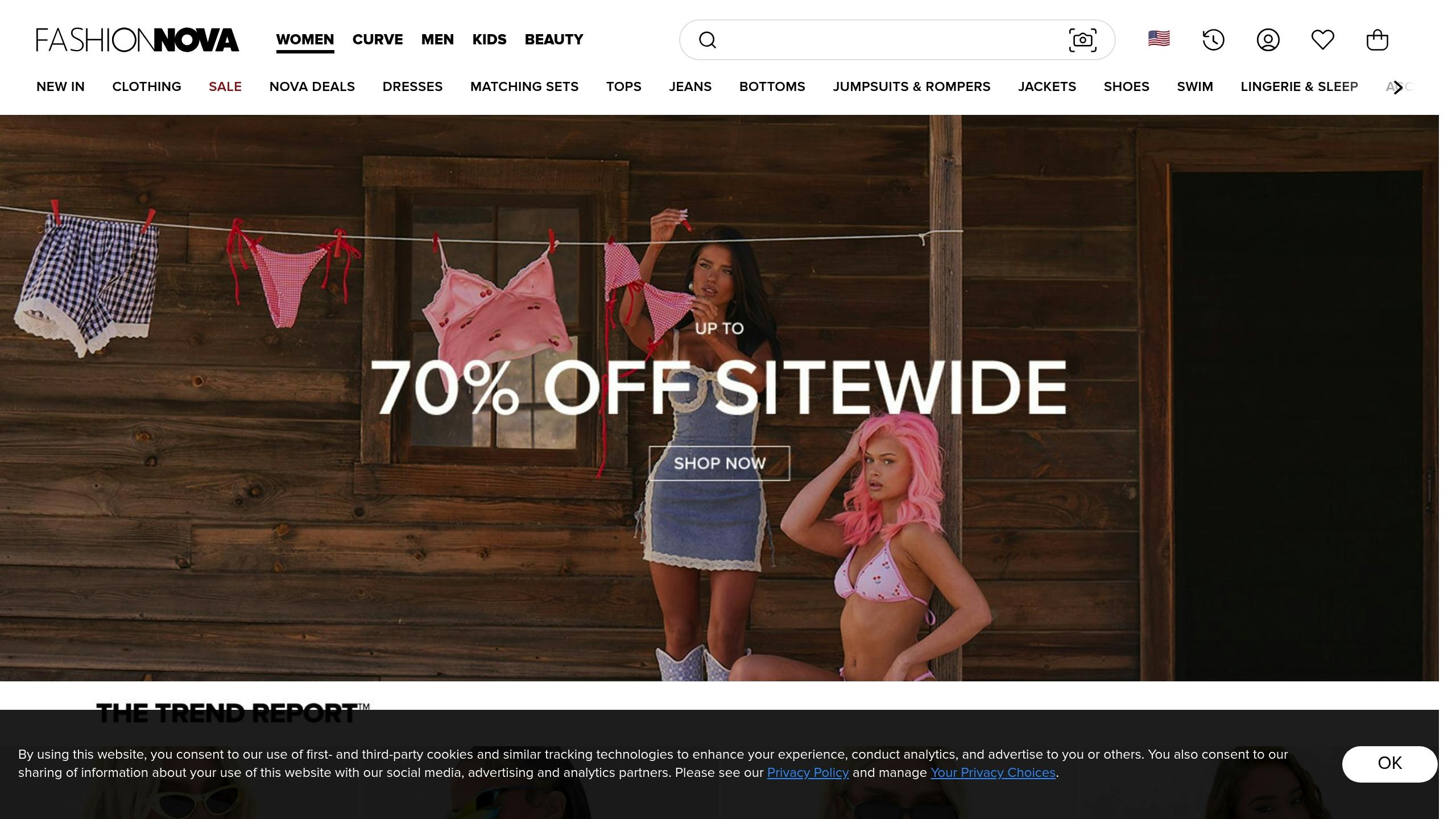
Social Media Content System
In 2025, Fashion Nova transformed its content creation process with an AI-powered system for user-generated content (UGC). With 21.4 million Instagram followers , the brand adopted a hybrid approach, combining AI-generated visuals with user-submitted content.
Their content system focuses on three main areas:
| Content Type | AI Implementation | Cost Impact |
|---|---|---|
| Product Photography | AI-generated on-model photos | Reduced to $0.03 per image |
| Style Variations | Conditional GANs for multiple looks | Cut production time by 50% |
| Community Content | AI-curated UGC from 2800+ ambassadors | Generated $111.9M in earned media value |
By using AI tools to generate images based on structured style data, Fashion Nova now creates a wide variety of brand-consistent content at a fraction of the cost. This shift has led to measurable improvements in both cost efficiency and audience engagement.
"73 percent of fashion executives said generative AI will be a priority for their businesses in 2024." – McKinsey's State of Fashion 2024 report
Cost and Engagement Results
Thanks to these AI-driven innovations, Fashion Nova has achieved major cost savings and operational efficiencies. Before adopting AI, traditional fashion photo shoots accounted for about 20% of the marketing team's budget . The results of switching to AI are striking:
| Metric | Traditional Method | AI-Powered Method | Improvement Description |
|---|---|---|---|
| Cost per Image | Several thousand dollars | About £85 ($108) | Drastically lowered costs |
| Production Time | 2–3 months | 1 week | Significantly shorter time to market |
| Marketing Efficiency | Base reference | 30–50% reduction in spend | Higher return on investment |
| Content Volume | Limited by resources | Vastly increased output | Much greater content production |
Fashion Nova's use of AI in UGC has redefined its marketing approach, cutting costs while boosting ROI and content output.
"With generative AI, Sheep Inc. can more easily produce creative content that it can test and iterate on based on what's resonating with its community."
The brand's $40 million investment in influencer partnerships back in 2019 laid the foundation for its current AI-focused strategy. By 2025, this approach not only reinforced Fashion Nova's dominance on social media but also streamlined content creation and significantly reduced operational expenses.
Case Study 4: Airbnb Guest Content Program
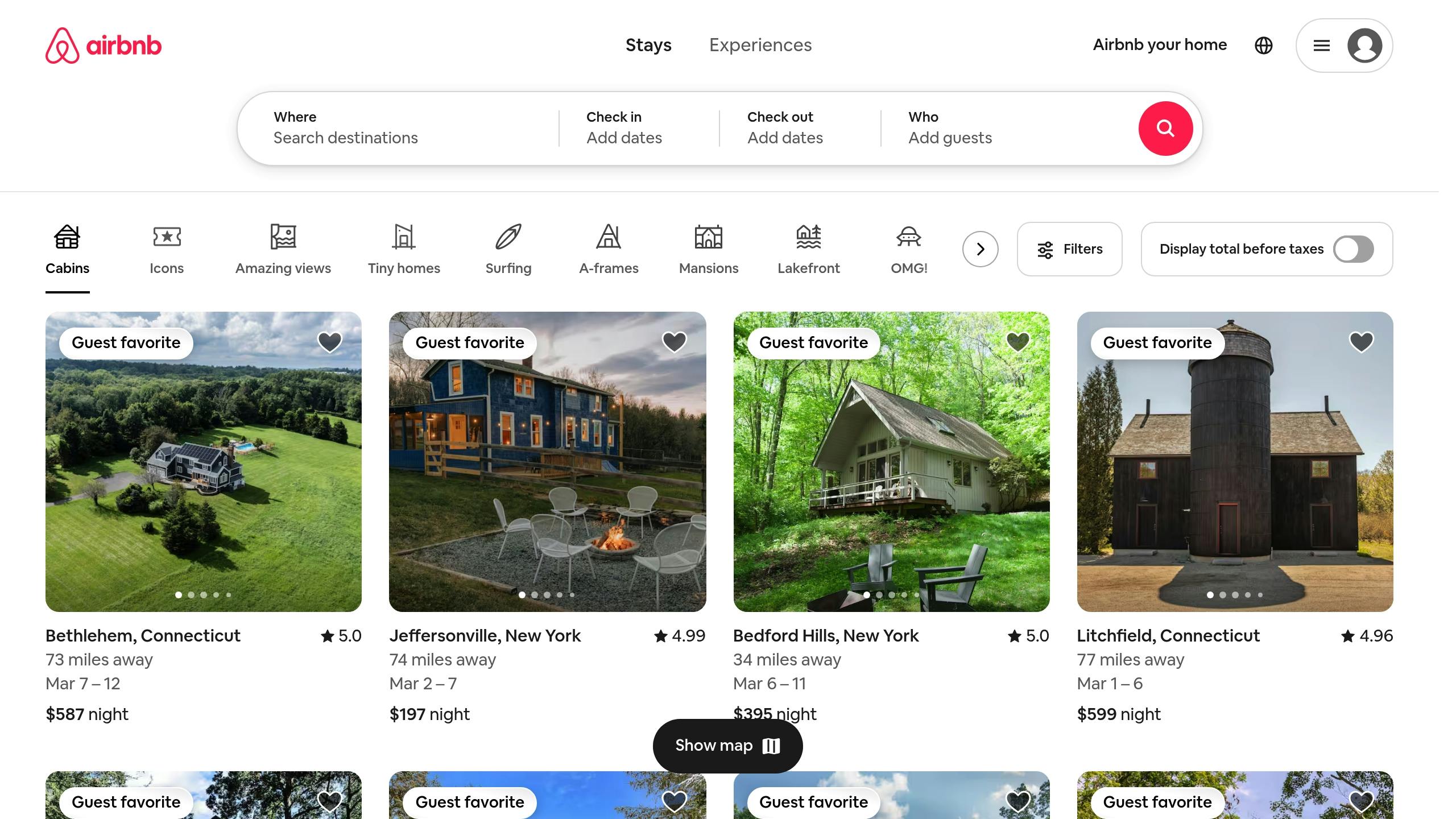
Guest Content Management
Airbnb transformed how it handles guest content with the help of its AI system, LATEX (Listing ATtribute EXtraction). This machine learning tool processes unstructured text from guest messages, reviews, and customer support tickets to pull out key home attributes .
The AI-powered content system focuses on three main areas:
| Feature | Implementation | Impact |
|---|---|---|
| Content Recommendation | MT5 model with prompt-based generation | Boosted document ranking |
| Real-time Analysis | Named Entity Recognition (NER) module | Automated home attribute extraction |
| Guest-Host Matching | Machine learning preference prediction | 3.75% increase in booking conversions |
By analyzing millions of interactions between agents and users, Airbnb improved how guest-generated content impacts booking decisions and property recommendations.
"Over the past several years, we have accumulated massive amounts of records of our human agents offering help to our guests and hosts at Airbnb. We've then used this data to design large-scale pre-training and training to encode knowledge about solving users' travel problems." - Gavin Li, Mia Zhao and Zhenyu Zhao
These innovations have led to measurable improvements, which are highlighted in the performance data below.
Booking and Engagement Data
Airbnb's AI-powered guest content program has delivered measurable outcomes:
| Metric | Traditional System | AI-Enhanced System | Improvement |
|---|---|---|---|
| Initial Booking Conversion | Baseline | +3.75% increase | Better match accuracy |
| Post-Optimization Conversion | +3.75% | +4.75% | Additional 1% improvement |
| Agent Assistance Engagement | Baseline rate | Higher engagement | Increased CS ambassador interaction |
| Content Recommendation Accuracy | Basic matching | Enhanced relevance | Improved support document ranking |
Airbnb's QA model integrates multiple user-agent conversations, allowing for more context-aware recommendations .
"Equipping agents with the right contextual knowledge and powerful tools leads to better experiences for our customers. So we provide our agents with just-in-time guidance, which directs them to the correct answers consistently and helps them resolve user issues efficiently." - Gavin Li, Mia Zhao and Zhenyu Zhao
Through its strategic use of AI, Airbnb has streamlined guest communications and improved the accuracy of responses, setting a strong example of how data-driven content can elevate the travel experience. The company's use of AI to refine user-generated content continues to position it as a leader in the industry.
sbb-itb-d822133
Case Study 5: Lemonade Customer Service Updates
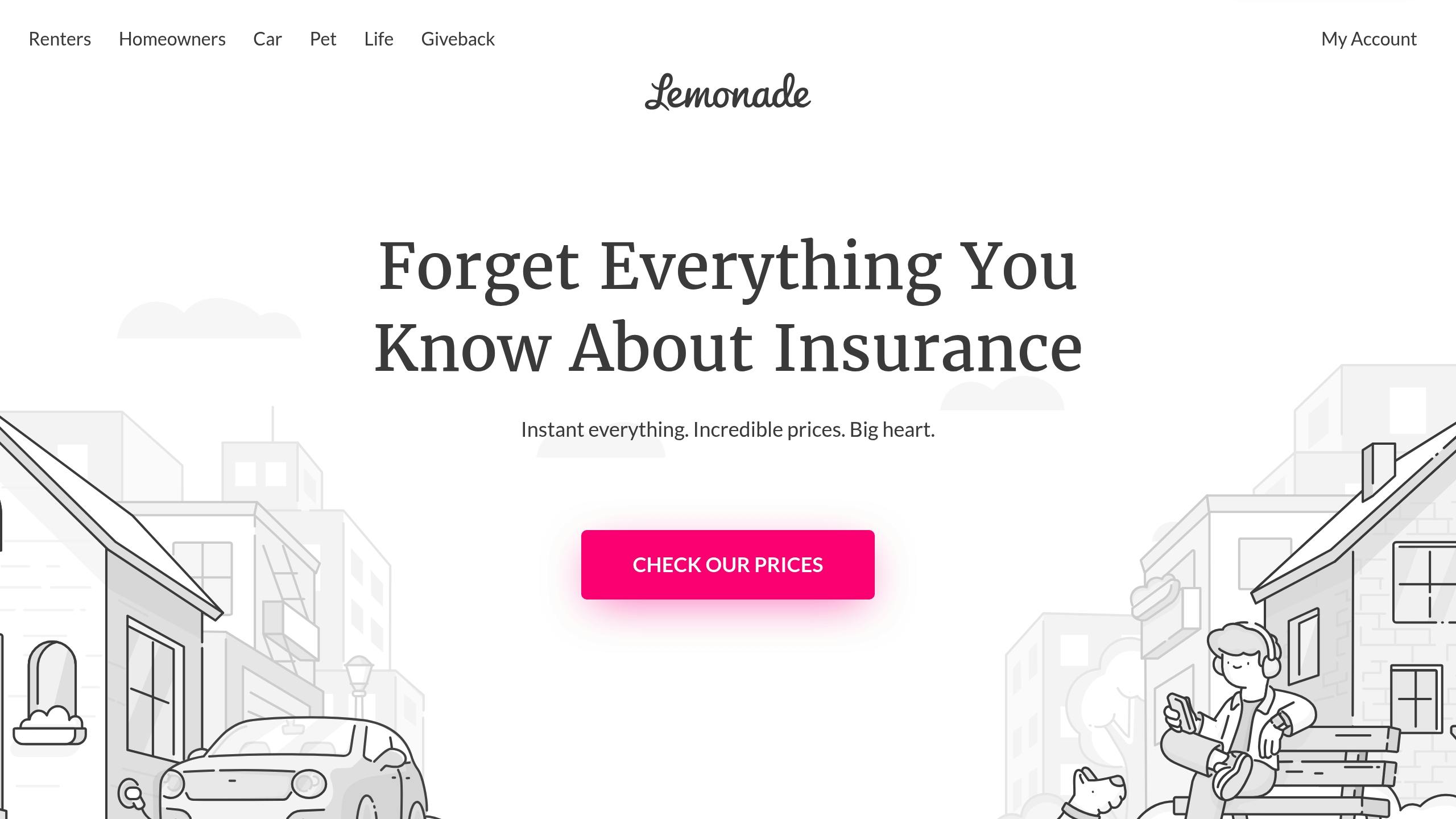
Customer Education Content
Lemonade has taken customer service to a new level by integrating AI into its operations. The company uses an AI-powered content management system to improve customer education, showcasing how technology can enhance not just marketing but also core service areas.
Here’s how Lemonade uses AI to improve customer education:
| AI Tool | Purpose | Outcome |
|---|---|---|
| Generative AI Platform | Handles customer communications | Over 30% of interactions managed without human involvement |
| Guru AI Answers | Identifies knowledge gaps | Shortened training time by one week |
| Maya and Jim Chatbots | Manages policy applications and claims | Achieved a 92% customer satisfaction rate |
"Within a year, we fully implemented our generative AI platform to handle incoming communications." - Shai Wininger, Lemonade Co-founder and Co-CEO
The company’s Training Center leverages AI to pinpoint knowledge gaps based on team inquiries, automatically updating its learning tools with new information. These changes have led to noticeable improvements across their operations.
Service Improvement Data
Lemonade’s use of AI has delivered measurable results in several key areas:
| Metric | Before AI | After AI |
|---|---|---|
| Loss Ratio | 94% | 79% (improved by 15 points) |
| Revenue Growth | Baseline | 17% increase |
| Customer Satisfaction | Industry average | 92% satisfaction rate |
| Training Time | Standard duration | Reduced by one week |
Their "L2" technology initiative has streamlined processes in underwriting, compliance, insurance operations, and product development .
"With large parts of our business running on code rather than people, I believe our tech obsession is paying off in a big way and help separate us from incumbents in visible, measurable, and impactful ways." - Shai Wininger, Co-founder and Co-CEO, Lemonade
Anthony Manluccia, the company’s Training Lead, highlights the practical benefits:
"Now we're using Guru AI Answers to help us address knowledge gaps… The Training Center highlights that missing knowledge for us based on questions the team asked. It's become a part of our daily workflows."
New AI UGC Tools and Features
AR, VR, and Custom Content
By 2025, the integration of AR and VR into AI-driven user-generated content (UGC) will transform storytelling and product demonstrations. A great example of this shift is Meta's second-generation Ray-Ban smart glasses, which have surpassed sales expectations, highlighting the growing interest in AR wearables .
Here's how AR/VR-enhanced UGC is making an impact:
| Metric | AR/VR UGC Impact |
|---|---|
| Immersive Engagement | Users spend 3x more time viewing |
| Virtual Try-ons | Boosts purchase intent by 40% |
| Interactive Content | Increases sharing rates by 2.5x |
| Brand Recall | Improves by 70% |
These advancements are reshaping content creation, offering new ways for brands to connect with their audiences.
MagicUGC Features Overview

Taking these innovations a step further, MagicUGC leverages AI video generation models trained on over 1 million top-performing social media videos and ads. The result? Content that not only engages but also drives results.
Key features of MagicUGC include:
| Feature | Function | Business Impact |
|---|---|---|
| AI Persona Targeting | Customizes content for specific demographics | Enhances audience connection |
| Multi-Language Support | Creates content for global audiences | Broadens market opportunities |
| Brand DNA Scanner | Ensures consistent messaging | Protects brand identity |
| Performance Analytics | Tracks content success | Maximizes ROI |
"This is the future of advertising, and the ones that adopt it the quickest will be the ones that succeed." - Ali Mustafa, UGC creator
The use of AI in UGC is delivering measurable results. For instance, companies using AI forecasting tools report 30% better accuracy , while AI-driven businesses outperform their competitors by 20-25% in both revenue and market share .
Modern AI UGC tools now come equipped with features like content moderation, rights management, and analytics . Platforms such as Flowbox use AI for product recognition, while Tagshop turns UGC into shoppable experiences , showcasing the wide-ranging applications of these tools.
Related video from YouTube
Conclusion: Implementing AI UGC in 2025
Shifting to AI-driven user-generated content (UGC) is set to transform digital marketing strategies. A structured approach is key to unlocking its potential. As seen in the examples provided, success hinges on a clear plan and strategic use of AI tools.
Here’s a breakdown of the implementation process:
| Phase | Key Actions | Expected Outcomes |
|---|---|---|
| Planning | Set goals, choose AI tools, analyze audience | Well-defined strategy and metrics |
| Content Creation | Produce content variations, test formats, refine | Better engagement |
| Distribution | Share across platforms, monitor performance | Wider audience reach and ROI |
| Optimization | Review data, improve content, A/B test | Stronger conversion rates |
The right tools and techniques make all the difference. For instance, platforms like MagicUGC provide features like AI Persona Targeting, multi-language support, and automated content creation. These capabilities allow brands to scale their efforts while keeping content relatable.
Consider these examples of AI UGC in action:
- Starbucks used AR filters during their #RedCupContest in 2024, turning user designs into limited-edition products .
- Glossier created mini-documentaries showcasing customer stories and the real impact of their products .
- Nike introduced athlete-led challenges that encouraged community interaction through dynamic content .
To achieve the best results, focus on creating content that feels genuine while taking advantage of AI’s ability to scale and personalize. Striking the right balance between automation and human connection is essential. Be transparent about using AI, and ensure the content resonates with your audience’s experiences.

